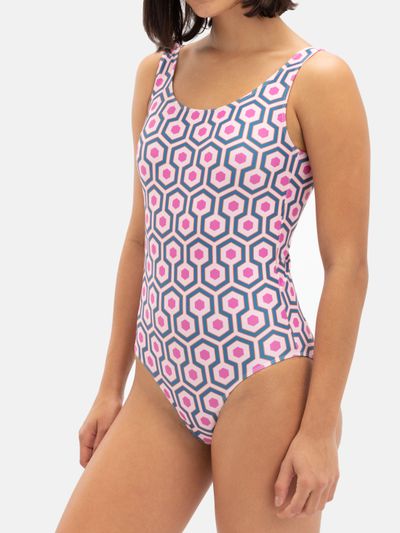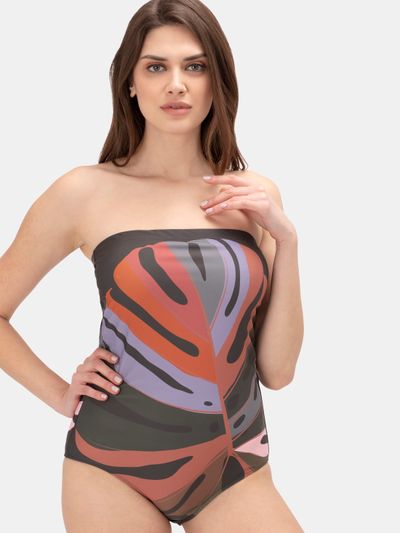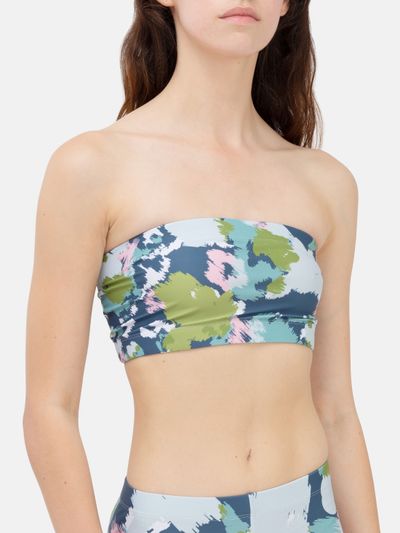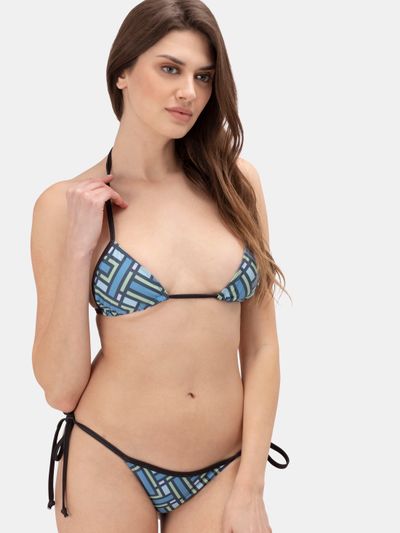Design your own swimsuit online to add character to your poolside presence. Made from active support Lycra fabrics that glide over the body, your bikini or bathing suit is the epitome of summer style.
Your search returned no results, please check the spelling or try a new search
Design your own swimsuit online to add character to your poolside presence. Made from active support Lycra fabrics that glide over the body, your bikini or bathing suit is the epitome of summer style.
Thought the bikini was a modern-day marvel? Think again. The classic two piece we know (and love) has been seen all the way back to 27 BC. Take inspiration from the history of swimwear and design your own swimsuit to make a splash at the beach.
The first ever 'swimsuits' were seen in Roman murals, showing women playing sports wearing knickers and tube tops closely resembling a typical bikini. However, there has never been any evidence that these were used for swimming – instead, they were primarily for exercising.
So, what did the Romans wear to swim? All the way up until the late 17th century, swimming was enjoyed by all - in the nude. Most classic images of swimmers show them fully in their birthday suits, where modesty wasn’t the issue that it is today.
However, come the 18th century the morality of the times had changed, and people no longer felt comfortable baring all. It was also considered ‘fashionable’ and proper to keep your skin covered up and light, as tanned skin was the signature of the working class, who toiled away for hours under the sun.
Going from one extreme straight to another, 18th century swimsuits could barely be recognised as bathing costumes. These bulky outfits consisted of face-shading bonnets, shawls, gloves, and smock-like dresses. Women even sewed weights into the hems of their smocks to stop the garment from floating up in the wind and showing their legs to the whole beach.
True swimsuits were only really invented in the mid-1800's, when developments in transportation and train systems meant that going to the beach and swimming could finally be a regular recreational activity. As if the weighted shapeless sacks of the 18th century weren’t bad enough, 19th century swimwear even incorporated bloomers under a belted dress and were often made from a flannel fabric. They were almost dangerous to swim in, soaking up water and becoming heavy, and not allowing much movement – but they suited the primary purpose of the time, which was to cover up women.
As if the choice of swimwear wasn’t bizarre enough, women were also given the option of using a ‘bathing machine’. This consisted of a small, wheeled structure – similar size to an outhouse – being dragged into the water by horses so that Victorian women could splash around in total privacy. Later, a hood was even added to allow the wearer to emerge from the water without being seen. Seaside shoes also became a common addition to women’s beach-gear, particularly to protect in areas with broken glass or sharp rocks. The shoes were made from twisted straw or felt and could be adorned with embellishments to add an extra splash of style.
Swimsuits finally began to lighten up ever so slightly in the early 1900's, with a skirt that only went down to the knee. Stockings still had to be worn, and policeman even patrolled the beaches to stop women who showed too much leg.
When swimming became an Olympic sport, people finally began to see the need for a more functional bathing costume. Swimsuits became less cumbersome and more streamlined, arms and backs became exposure, and the shape no longer hid the contours of the body. After World War I the ‘maillot’ arrived, a play-suit style suit was much more revealing than previous items, but remained impractical with heavy material.
Gradually swimsuits began to hug the body, necklines plunged, and sides were cut away. The glamour was endorsed by Hollywood films where women leads wore provocative costumes, catapulting the popularity of two-pieces. Coco Chanel once again caused controversy when she made suntans fashionable, perfectly suiting these more revealing garments.
In the years leading to World War II, two pieces became common due to cuts in women’s swimsuit fabric rations. These were usually high waisted to avoid showing too much flesh, as well as fitting in with the hourglass figure fashion of the time. In 1946 the bikini as we know it today was finally invented by a French designer, Louis Reard – naming his creation after the war. An atomic test was named Bikini Atoll, and inspired Reard to kick start the new design. Despite being invented in the 1940's, this design was still seen as far too risque by many. The bikini didn’t become popular until the 60's, where it was also accompanied by softer fabric and skinnier straps. Try to design your own swimsuit by taking inspiration from the 60's vibes, and create a retro bikini.
From this point, swimsuits didn’t change hugely throughout the years, aside from a few aesthetic adjustments here and there. Sports styles came into fashion in the 80's with the iconic Pamela Anderson Baywatch swimsuit which epitomised swimwear style of the decade. The soaring popularity of sports swimsuits in the 20th century led to a huge increase in swimsuit photography, which soon became a booming industry.
To this day, the silhouettes of early 20th century swimsuits are adopted into modern fashion, with figure-hugging retro styles. Throughout the 21st century swimming costumes and bikinis have not undergone any drastic changes, but rather embraced vintage fashions and unique prints and textures. Design your own swimsuit or bikini to create a one-of-a-kind piece, and get inspired by fashion of the past.





